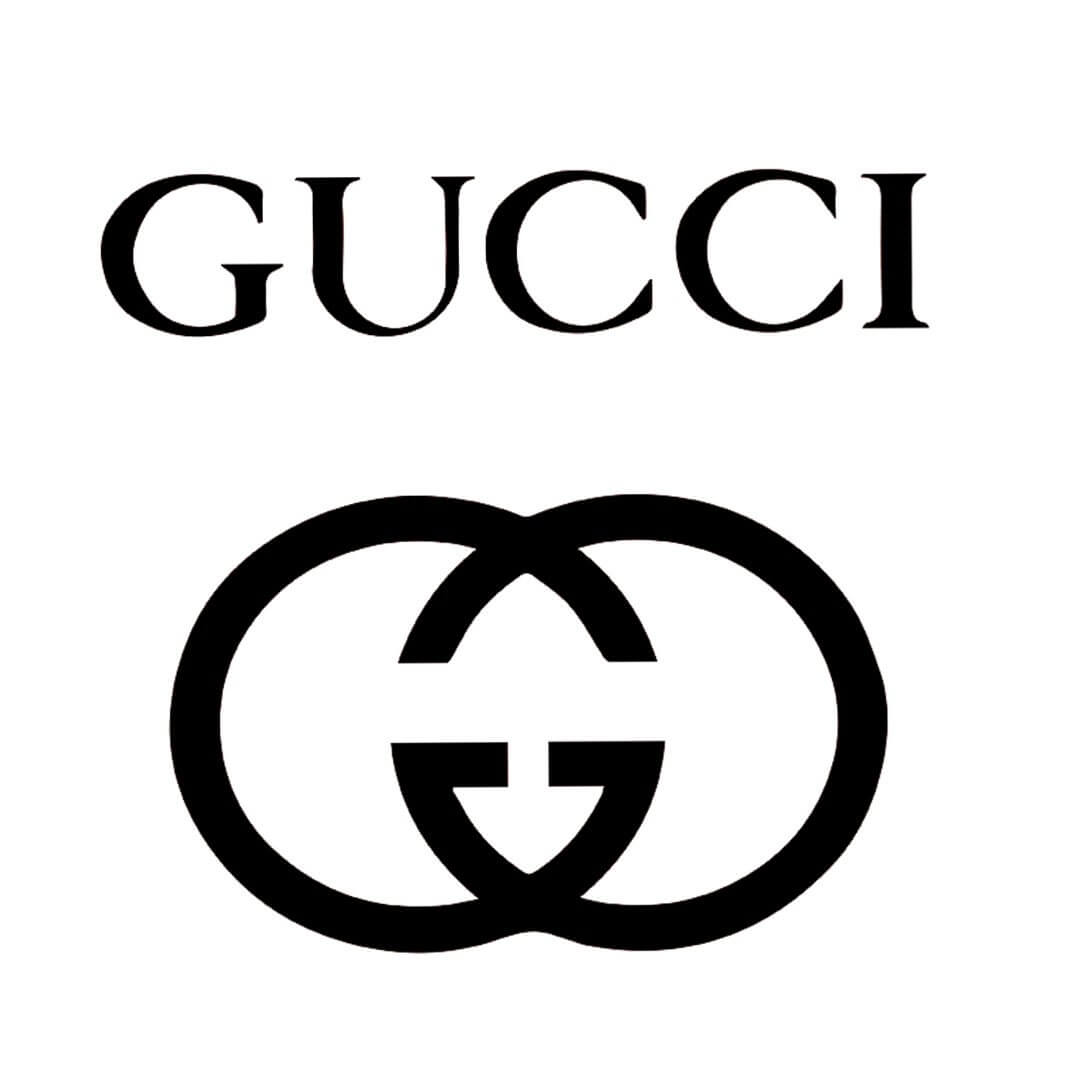Gucci is not just a brand; it is a symbol of luxury, sophistication, and timeless style. The heritage of this iconic Italian fashion house can be explored in depth through platforms like Gucci Wikipedija, which provides a wealth of information about its origins, evolution, and cultural significance. Gucci has transcended the realm of fashion to become a global phenomenon, representing an aspirational lifestyle that captivates millions around the world.
The brand's inception can be traced back to 1921 when Guccio Gucci opened his first store in Florence, Italy. What began as a small leather goods shop quickly transformed into a renowned luxury brand, celebrated for its exquisite craftsmanship and innovative designs. Gucci Wikipedija serves as a comprehensive resource for those who wish to delve deeper into the fascinating journey of Gucci, exploring its milestones, iconic products, and the visionaries who shaped its legacy.
In addition to its rich history, Gucci has a profound impact on contemporary fashion and culture. The brand's collaborations, marketing strategies, and commitment to sustainability have sparked conversations within the fashion community and beyond. Gucci Wikipedija encapsulates these discussions, providing insights into how the brand adapts to modern trends while staying true to its roots. This exploration reveals not just a brand, but a cultural movement that continues to inspire and influence fashion lovers worldwide.
What is the History of Gucci?
Gucci was founded in 1921 by Guccio Gucci in Florence, Italy. Initially starting as a small leather goods workshop, the brand quickly gained popularity among the elite, thanks to its high-quality craftsmanship and unique designs. The 1930s saw Gucci expanding its product line to include travel accessories, which became a hit among the affluent class. By the 1950s, Gucci had established itself as a premier luxury brand, known for its iconic green-red-green stripe and the GG logo. Over the years, Gucci has evolved while maintaining its heritage, becoming a staple in luxury fashion.
Who are the Key Figures Behind Gucci?
The evolution of Gucci is closely tied to several key figures, including:
- Guccio Gucci: The founder who established the brand's core values of quality and craftsmanship.
- Alessandro Michele: The current creative director who has revitalized the brand with his eclectic and bold designs.
- Patrizio di Marco: The former CEO who played a significant role in expanding Gucci's global presence.
What are the Iconic Products of Gucci?
Gucci is known for several iconic products that have become synonymous with luxury fashion. Some of these include:
- Gucci handbags: Known for their quality and craftsmanship, with designs like the GG Marmont and Dionysus being particularly popular. - Footwear: The brand's loafers and sneakers have gained a cult following, particularly the Ace sneakers. - Accessories: From belts to scarves, Gucci accessories often feature the signature GG logo and distinctive design elements. - Fragrances: Gucci has also entered the fragrance market, offering a range of scents that embody the brand's luxurious image.What is the Impact of Gucci on Fashion?
Gucci has made a significant impact on the fashion industry, influencing trends and setting standards for luxury brands. The brand's innovative marketing strategies, such as celebrity endorsements and collaborations with artists, have reshaped how luxury products are promoted. Gucci's commitment to sustainability and ethical practices has also set a precedent for other brands to follow, driving the conversation about responsible fashion.
How Does Gucci Adapt to Modern Trends?
In today's fast-paced fashion world, Gucci has managed to stay relevant by embracing modern trends and incorporating them into its designs. The brand has successfully leveraged social media platforms to engage with younger audiences, utilizing influencers and celebrities to promote its collections. Moreover, Gucci's collections often reflect contemporary culture, drawing inspiration from various art forms, music, and societal movements.
What is the Future of Gucci?
The future of Gucci looks promising as it continues to innovate while respecting its heritage. With a strong emphasis on sustainability and inclusivity, the brand is likely to appeal to a broader audience. Additionally, Gucci's ongoing collaborations with artists and designers ensure that it remains at the forefront of fashion, setting trends rather than following them. As the brand evolves, it will undoubtedly continue to shape the landscape of luxury fashion for years to come.
Personal Details and Bio Data of Guccio Gucci
| Detail | Information |
|---|---|
| Name | Guccio Gucci |
| Date of Birth | March 26, 1881 |
| Place of Birth | Florence, Italy |
| Occupation | Fashion Designer, Entrepreneur |
| Date of Death | January 2, 1953 |
How Can You Learn More About Gucci?
For those interested in exploring more about Gucci, various resources are available. The Gucci official website provides insights into the latest collections, brand news, and sustainability efforts. Fashion magazines and blogs frequently cover Gucci's impact on the industry and its latest trends. Additionally, platforms like Gucci Wikipedija offer a comprehensive overview of the brand's history, key figures, and iconic products.
Why is Gucci Considered a Cultural Icon?
Gucci's status as a cultural icon stems from its ability to blend fashion with art, music, and popular culture. The brand has collaborated with numerous artists and designers, creating unique pieces that resonate with diverse audiences. Gucci's presence in film, music, and social media has further solidified its position in contemporary culture. By continually pushing boundaries and redefining luxury, Gucci remains a symbol of aspiration and creativity.
In conclusion, Gucci Wikipedija offers a wealth of knowledge for anyone interested in understanding the depth and breadth of this iconic brand. From its rich history to its modern-day impact, Gucci exemplifies the fusion of artistry and commerce, making it a fascinating subject for fashion enthusiasts and casual observers alike.


